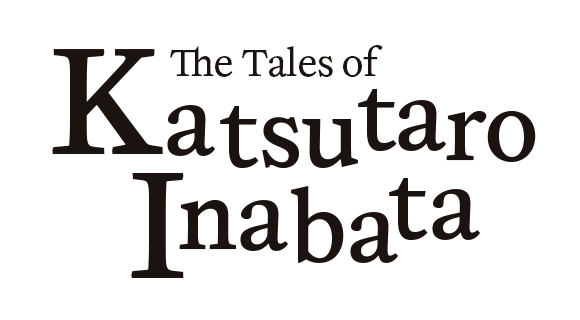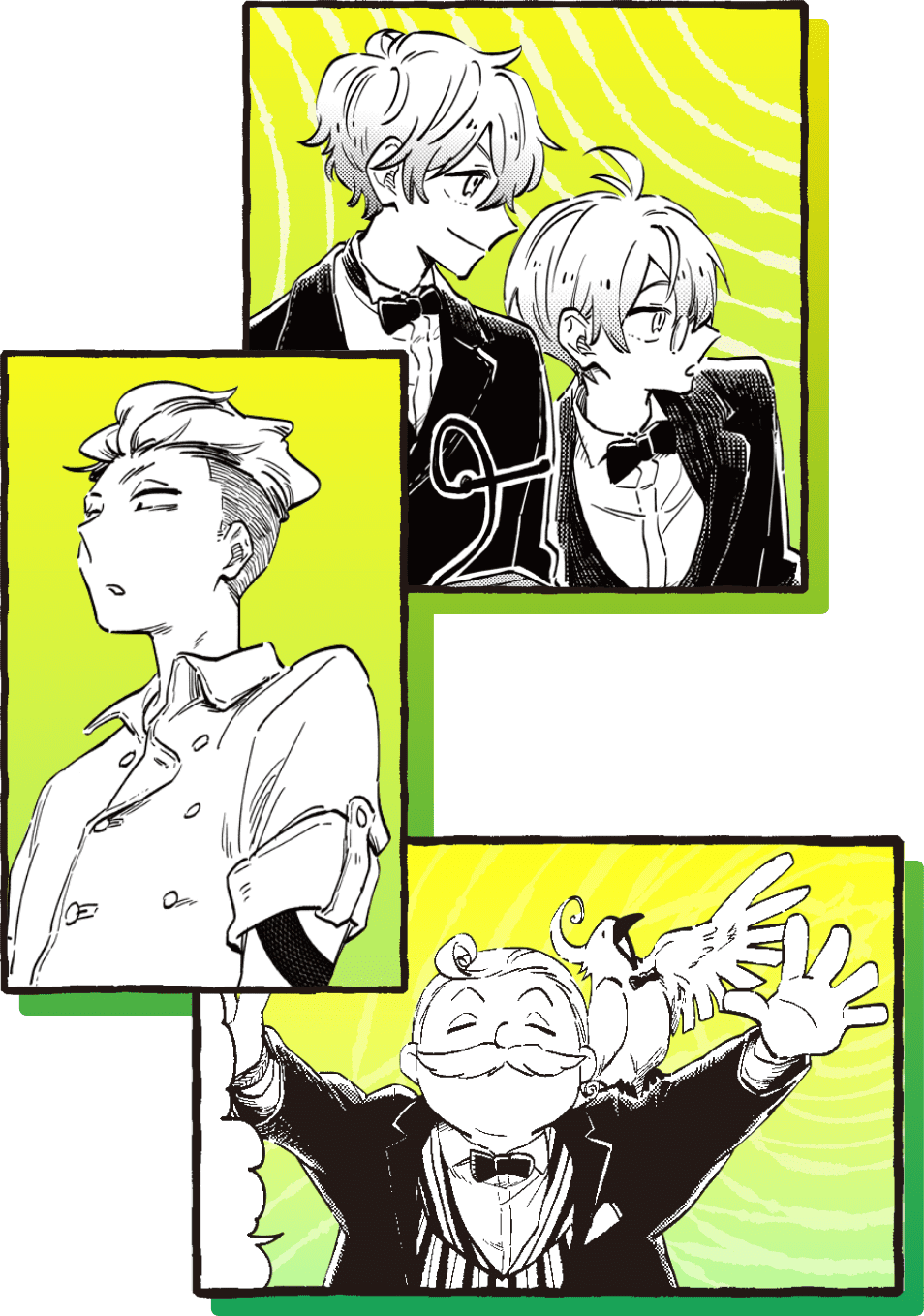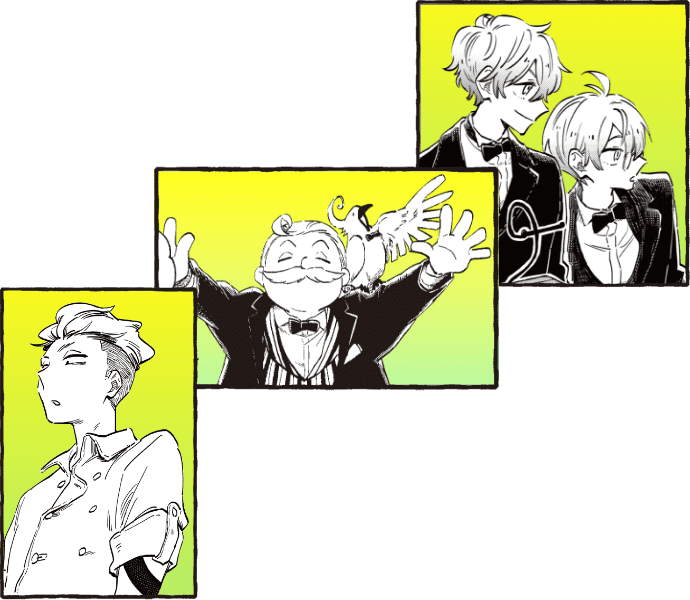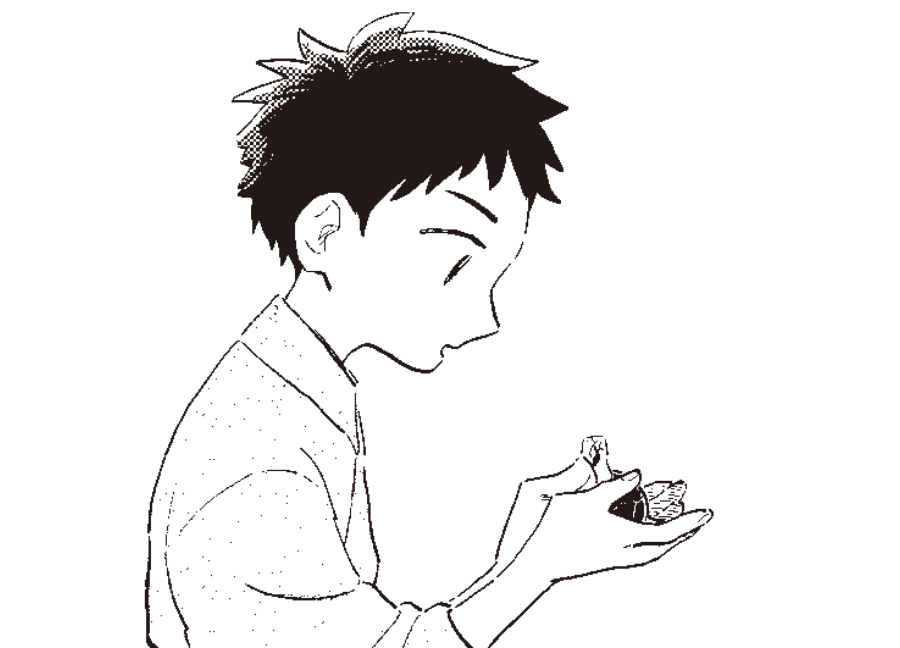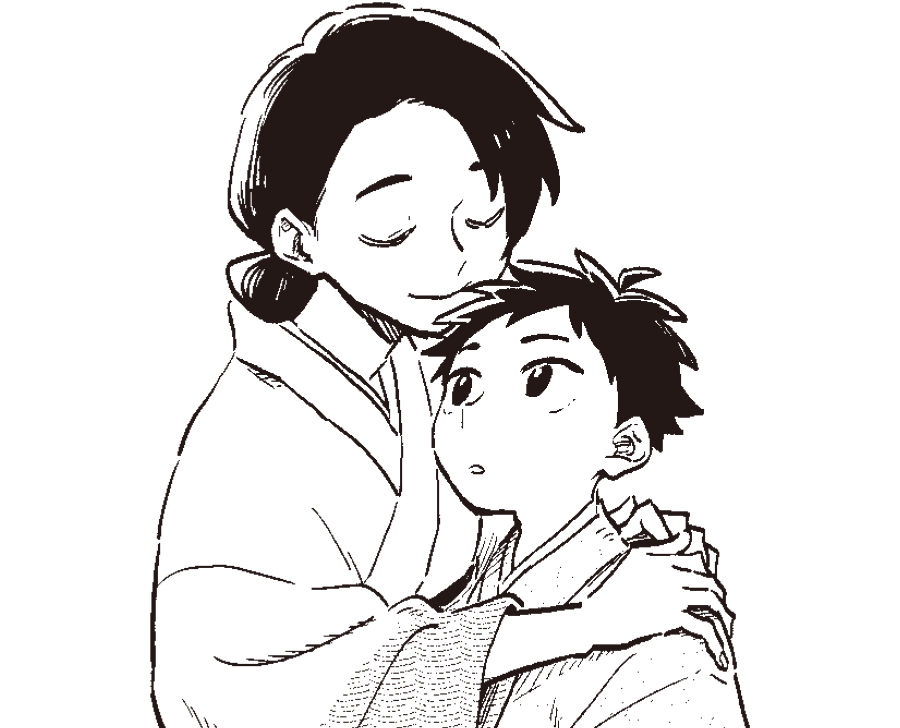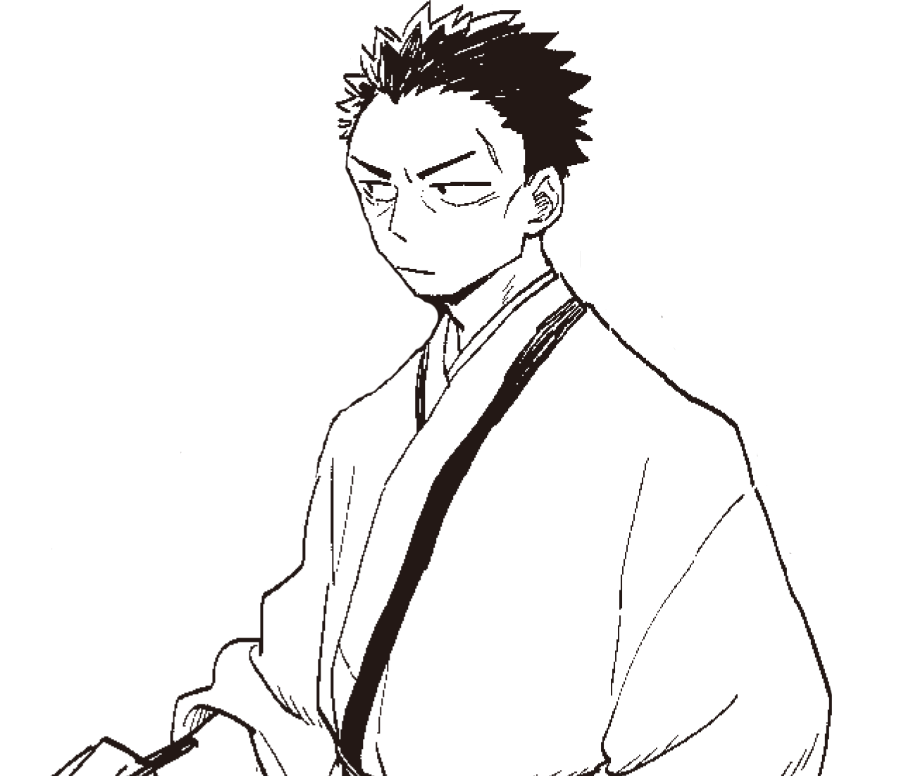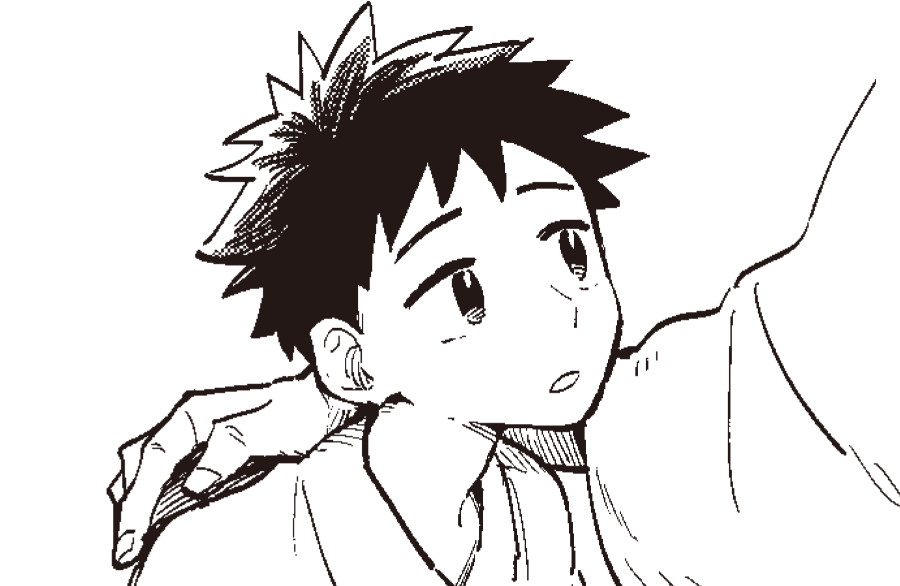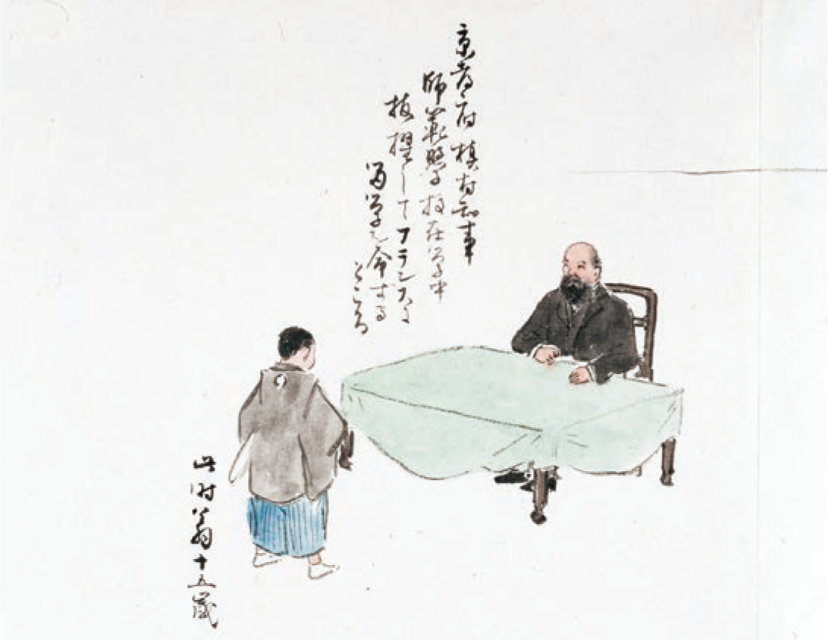Over 130 years ago, during the Meiji era,
Founder Katsutaro Inabata started the company.
With the desire to share the story of how he came to
establish it as clearly as possible, we decided to create a
manga.
The story begins with seven-year-old Katsutaro helping his
family's wagashi shop
before entering school.
It follows his journey, including studying in France at the
age of 15,
working for the Kyoto Prefectural Government upon his return,
and ultimately founding his company at the age of 28.
The series will be serialized in ten chapters.
The storyline is based on historical accounts published in
biographical books*, with some ctional elements added for a
creative twist.
The manga was produced under the direction of
LEGIKA
(in Japanese only), a non-profit organization managing the
Tokiwa-so Project, with writer Yuko Shimada and manga artist
Kazuya Ogata.
We sincerely hope this manga offers a glimpse into the
origins of our company and the life and vision of our
founder.
*In 1931 (Showa Year 6), the Biographies of Remarkable Figures
series, including “Ohotori no Su ni Aru Koro
(When in the Nest of the Peng)" and Katsuhiko Kimizuka's "The
Business World Conqueror: The Early Years of Katsutaro Inabata,"
was published by the Children's Educational Literature
Publishing Association.
In this series, Katsutaro Inabata
was Introduced as one of ten notable figures, including Ichizo
Kobayashi.

